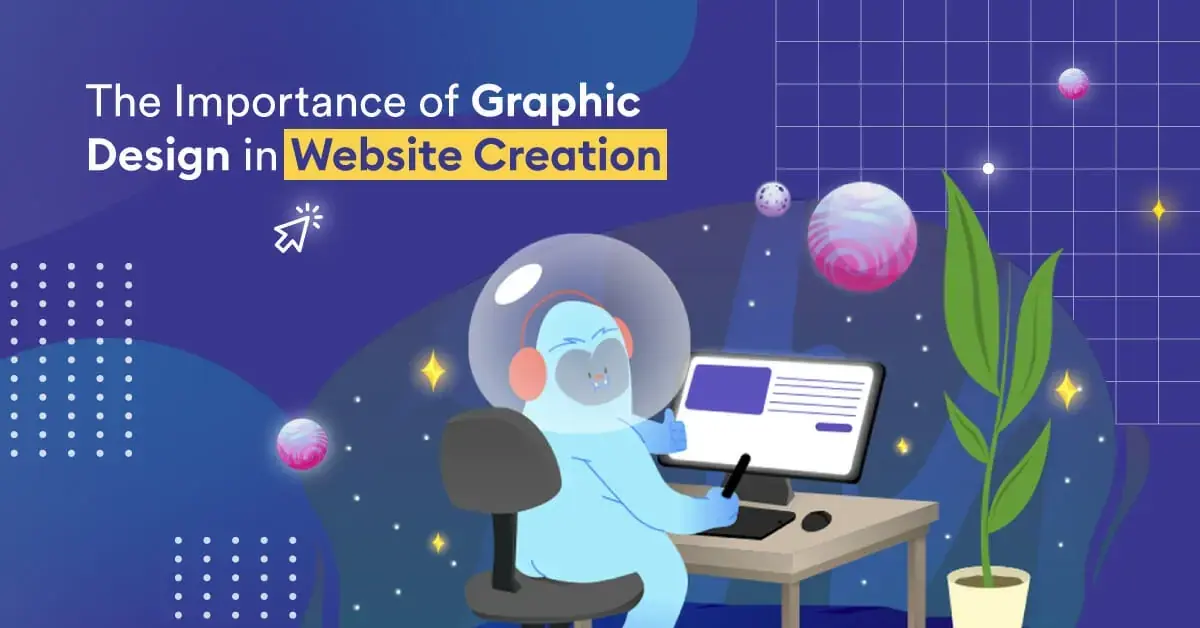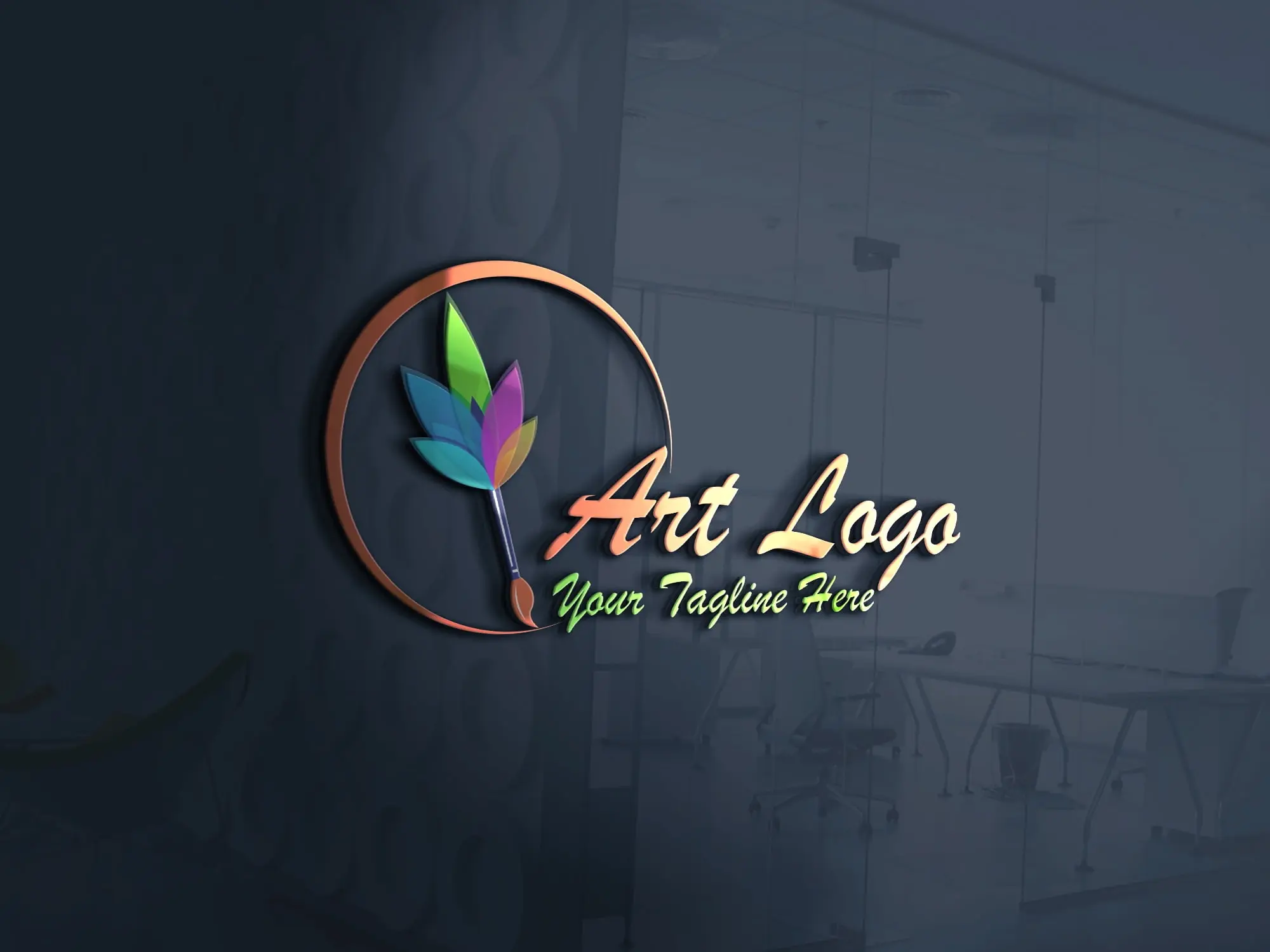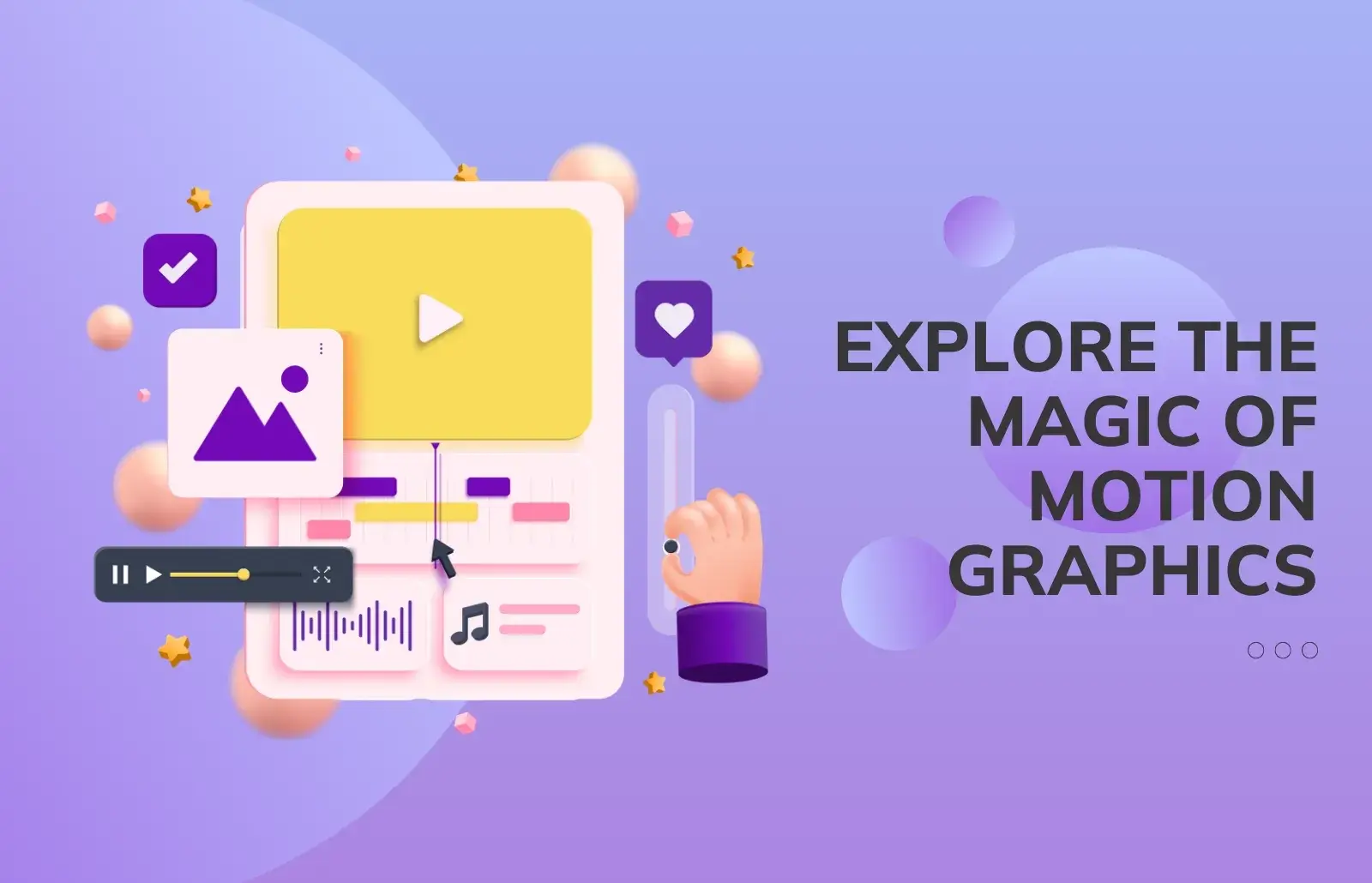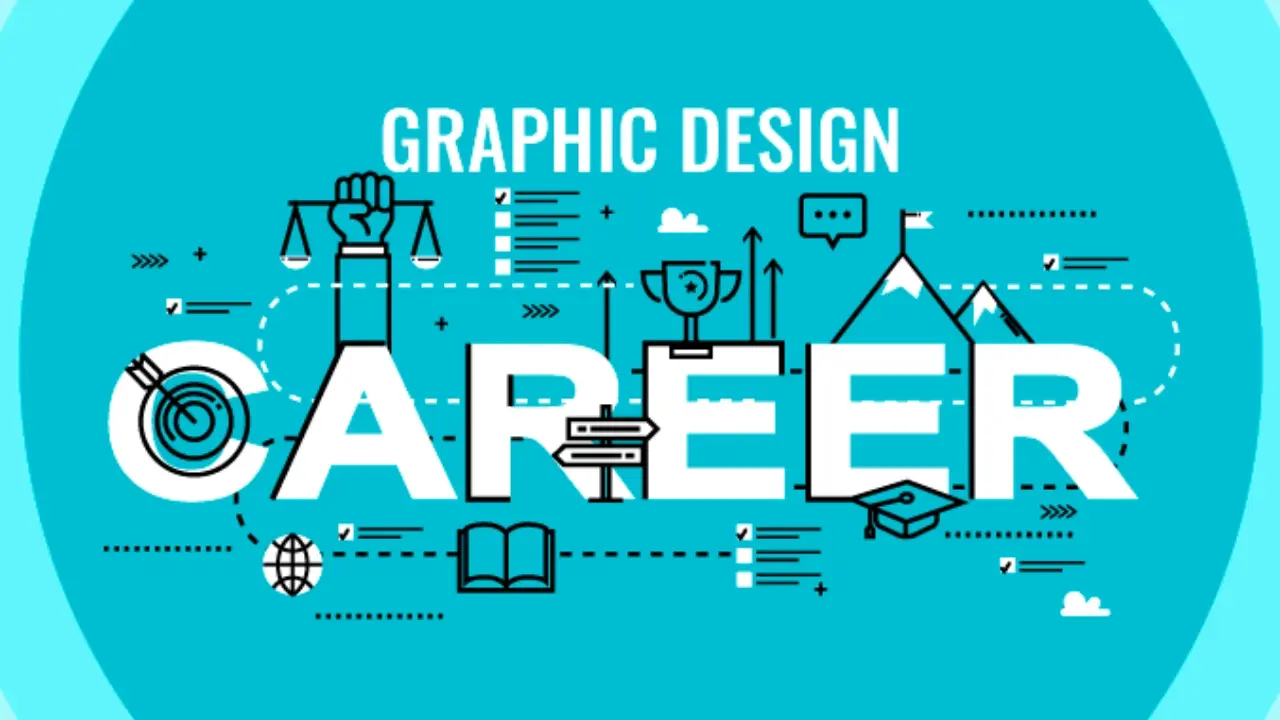From Concept to Creation: Unlocking the Secrets of Stunning Graphic Design
- Graphic Design
From Concept to Creation: Unlocking the Secrets of Stunning Graphic Design
Contact us
Bengaluru
Campus 1 : JD School of Design, No. 18-1, Brigade Road, Bengaluru,Karnataka – 560 001.
Campus 2 : No. 40, Swan House, 4th Cross, Residency Road, Bengaluru, Karnataka – 560001.
Goa
Musthtifund Saunstha , Near Mahalaxmi Temple,Dada Vaidya Road, Goa-403001
Graphic design is not just a career choice but an art that involves creativity and technology skills. The Graphic Designer translates concepts into workable solutions that are artistic and appealing or pretty graphic representations. To aspiring, fresh visual designers or even seasoned graphic designers, it is crucial to understand graphic design’s oddities as it can considerably improve your work. In this intensive tutorial, we will look at what graphic design encompasses, some of the basic concepts of graphic designing, the necessity of having a good website that hosts your graphic design services, designing a logo that will represent your graphics designing agency, the trend called motion graphics and many other aspects that define this field. Let me reveal everything you need to know about creating memorable graphic designs.

The Foundations of Graphic Design
Understanding Graphic Design Concepts
Starting with the basic concepts is crucial for mastering graphic design. Examples of the principles include balance, contrast, hierarchy, alignment, and space. If we consider all of those ideas, each has its own significance in achieving a properly balanced and successful design.
- Balance: Proportionality or balance relates to the positioning of objects when placed in a particular layout. Balance is primarily symmetrical, which provides overall simplicity, while asymmetrical balance makes it more interesting and dynamic in appearance.
- Contrast: Relative to repetition, contrast is the arrangement of opposite objects or at least objects that can be easily compared and that may be placed alongside one another in a design to achieve extra ornamentation. Color, proportion, symmetry, and tone can achieve it.
- Hierarchy: ‘Hierarchy’ can specify which parts should be read or seen first by size, color, and position.
- Alignment: When done correctly, the items are well-ordered, making the product’s layout appealing.
- Space: White space, also known as space, is a region where no elements are placed or found. Organizations that properly utilize space can improve legibility while highlighting essential aspects of the instrument.
I am now equipped with a good understanding of the most essential concepts in graphic design, which forms a solid foundation for creating fantastic graphic design. Mastering these graphic design concepts lays the groundwork for creating stunning graphic design.

The Role of a Graphic Design Website
In the digital age, it simply requires a good graphic design website that proves resourceful in pulling in potential clients. First of all, your website works as your portfolio, second—as the instrument for making sales or presenting your products, and last—as a way of building up your brand.
Key Elements of a Graphic Design Website
- Portfolio: Your portfolio stands in the center of your site and aims to reflect the quality of your work. It should display your abilities and a variety of interests or projects on which you have worked. Suggestions for better direction include using Type work, including illustrations designs for 3D graphics, and motion graphics.
- About Page: This is where you begin by providing a brief background about yourself and why you chose to be a graphic designer. Describe yourself, your past, other jobs or experiences, ambitions, and anything else you want.
- Contact Information: This creates a simple way for potential clients to reach you. A phone number or daily availability is preferred, along with a contact form, an email address, and social media icons.
- Blog: A blog might act as a mechanism where the blogger demonstrates his/her knowledge and where visitors may obtain specific value from visiting it: post advice and tips relating to graphic design principles, how-to tips, and news about the field.
- Responsive Design: Make sure the website is portable, meaning it can be accessed through laptop computers, tablets, and mobile phones. A responsive design improves the quality of users’ time on the site and optimizes it for search engines.
An organized website today, particularly one involved in offering graphic design services, will draw in customers and create the illusion of your proficiency in the field.

The Art of Graphic Design Logos
A graphic design logo is, therefore, a graphic image of a brand, whether big or small, new or existing. Logos define how initial communication between a brand and the targeted customers is made since the aim is to capture customers’ attention quickly.
Principles of Effective Logo Design
- Simplicity: Easy elongation is an attribute of simplicity because its image can be applied to various media messages. It should be efficient in different sizes and could be implemented in other environment settings.
- Relevance: Therefore, the logo design must conform to the brand’s values, operation niche, and consumer base.
- Memorability: The logo should be memorable, a crucial characteristic of an effective sign. This can be possible through consideration of uniqueness and creativity in logo design.
- Timelessness: Try to get the best design that will still be useful in the long term and not some flashy, current thing that will be forgotten in a year.
- Versatility: The Business Logo must also be appealing in small and large sizes for use on a business card, personal website, and billboard, respectively.
The process of developing a logo while illustrating involves more than just the pure graphic design of a logo. It involves understanding the brand and its essence and coming up with a simple yet powerful symbol that represents the brand.

Exploring Motion Graphics
Motion graphics are a form of graphic design in which graphic images move in some or some other fashion. These are particularly common in advertising, films, television, and online media to capture people’s attention and convey thoughts and ideas effortlessly.
Applications of Motion Graphics
- Advertising: Motion graphics are used in commercials and online ads to capture attention and communicate messages quickly.
- Explainer Videos: These videos break down complex concepts into easily digestible visual content, making them ideal for educational purposes.
- Social Media: Short, animated clips are perfect for grabbing attention on social media platforms.
- Broadcast Graphics: Television networks use motion graphics for show intros, transitions, and lower thirds.
Motion graphics require a different skill set compared to static design, including knowledge of animation principles and software like After Effects.
The Power of Digital Design
Digital design can be referred to as the forms and designs made and applied in digital media. This ranges from the design of the World Wide Web and applications to interactive media design.
Trends in Digital Design
- Minimalism: Graphic designs that do not clutter the pages are more easily readable and more visually appealing when the background is white.
- Microinteractions: Micro-interactions are tiny UI elements that help indicate something to the users, improving the overall user experience.
- Responsive Design: Make sure they are viewable on various devices, from personal computers to smartphones.
- 3D Elements: To give the second layer a three-dimensional feel, 3D graphic design is applied.
Staying updated is important in the field of digital design, so following trends is important to stay on track with the kind of work you are producing.
Building a Graphic Design Portfolio
Having a rich graphic design portfolio is crucial to demonstrating your abilities and securing clients or an employment opportunity.
Tips for Creating a Standout Portfolio
- Diverse Projects: It is essential to have a diverse portfolio of acquired projects to emphasize the scope of work and services, including illustration and 3D graphic design.
- Quality Over Quantity: Take your most impressive works; do not select all you have worked on.
- Case Studies: To provide context for your projects, it is recommended that you add sections that describe the case studies and your approach to the project, together with the problems you encountered.
- Personal Projects: Add some personal activities to the list to establish the priority of interest and ideas.
- Regular Updates: Ensure you post the latest project you completed on your portfolio.
A graphic design portfolio represents the designer’s excellent collection and ability, so it is the best tool for professional progression.

Advanced Studies: Master in Graphic Design
One can benefit from it by having a deeper understanding and mastering graphic design more efficiently. Specialization allows me to deepen my knowledge and develop new skills, work on exciting projects, and receive valuable advice from practitioners.
Benefits of a Master in Graphic Design
- Specialization: If developing outstanding ideas for a job is challenging, the illustrator should focus on areas of interest like motion graphics, 3D graphic design, or even creative logo design.
- Networking: Expand your network with professionals and contacts within your industry or those you may be interested in.
- Portfolio Development: Engage in projects at a high level that can add value to the portfolio’s quality.
- Career Advancement: Education provides access to high-ranking positions that can boost salary rates.
Acquiring a Masters in Graphic Design allows the learner to function professionally within the competitive market.

The Evolution of 3D Graphic Design
This has brought about a significant shift in the traditional graphic design concept, as 3D graphic design allows for creating complex designs in various dimensions.
Applications of 3D Graphic Design
- Product Design: Design product mockup imaging for use in advertising and as prototypes, especially in Nigeria.
- Architecture: Create realistic representations of the structures and spaces, including architectural plans and elevations.
- Entertainment: Create striking images for interactive entertainment, from video games to movies and VR/AR experiences.
- Advertising: Use 3D graphics to create good images for the various products’ advertisements and promotions.
Software like Blender, Maya, or Cinema is used to learn 3D graphic design, and it has unlimited potential.
The Role of Illustration Design

Graphic design is a broader form of illustration, and an artistic perspective is incorporated with illustration design. In illustration, artists can express emotions and stories, which can be challenging to achieve in photographs or simple graphics, whether for the cover of a book, a website, or an advertisement.
Techniques in Illustration Design
- Hand-Drawn: Ironically, the amount of work that goes into hand-drawn illustrations makes them seem more honest.
- Digital: Digital illustrations are more flexible because one can make changes with just a button click.
- Vector: Vector illustrations can be enlarged in any size without compromising quality, thus being suitable for use.
Mixed Media means using techniques or a combination of materials in the artwork to create different graphics or visuals.
It is always good for a graphic designer to diversify and learn new forms of designing, such as illustration design skills, that can benefit any designer who seeks to be unique in the field.
Conclusion
In graphic design, the workflow from conceptualization to production is rather interesting. When noting the basics of graphic design, creating an effective graphic design website, learning complex graphic design logos, enjoying motion graphics, going digital design, assembling an excellent graphic design portfolio, continue learning and be a step ahead, and finally get the feeling of 3D graphic design and illustration designs you will discover the hidden secrets of excellent graphic design.
Graphic designing is always changing and cannot be stagnant. As a result, it is crucial to remain informed about recent changes and breakthroughs. I hope you find this guide useful, whether it is the first step you are taking to design or if you want to refresh your skills. The information outlined will enable you to increase the proficiency needed in designing your preferred layout and produce appealing layouts that can be noticed.
This represents that any field, particularly graphic design, requires the learner’s learner to update his knowledge constantly. Accept new opportunities, try using various ways of problem-solving, and aim for excellent performance. The field of graphic design is vast and currently flourishing. With both patience and passion, dreams can easily be made into realities.
FAQs
- List down the ideas that a practicing graphic designer should the least familiarize himself with ?
The principles of graphic design concepts include and encompass balance and contrast, hierarchy, alignment, and space; these are all essential to control in order to create well-done and visually pleasing designs.
- But why is having a graphic design website necessary in the first place?
A graphic design website is your online portfolio, promotional tool, and branding machines that assist them in sourcing for clients and presenting their sturdy works.
- A logo design can be effective depending on several factors, which are as follows?
An effective graphic design logo should be plain, appropriate, recognizable,-ageless, and versatile to suit the organization’s purpose and work through various media and in different sizes.
- How can I use motion graphics in my design activities?
Motion graphics involve adding movement to static graphic designs to make them more interactive and appealing. It is most effective for adverts, interpretative videos, and multimedia posts on social media and other platforms.
- What is the prospect of a master’s in graphic design?
A master’s in graphic design also provides you with an area of concentration, builds up your portfolio, widens your pool of connections, and can lead to promotion in the workforce or increased salary.
